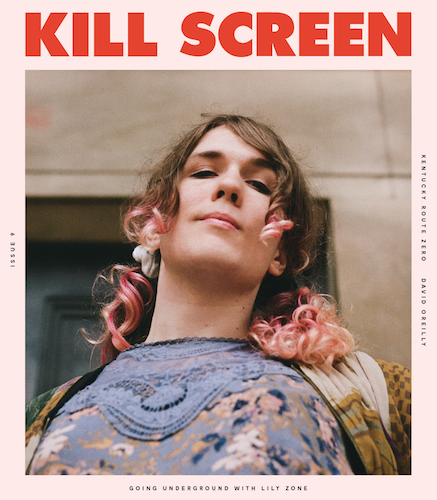
Balance changes are a common part of League of Legends, but rarely do they overturn the high-level game as much as Riot Games plans to in the next few weeks. Announced this Wednesday, the upcoming patches will have major implications for the League of Legends World Championships 2016, and with the competitive season nearing its end, pro players will only have a couple months to adjust.
First, though, a little context.
The typical format of play in League of Legends revolves mostly around three lanes, which connect the bases of each opposing team, and the jungle, an area that takes up the space between those lanes. On each team, one person plays in the top lane (the toplaner), one in the middle lane (the midlaner), and two in the bottom lane (ADC and support—don’t ask), while one player stays in the jungle (the jungler) and ambushes unsuspecting laners.
The default metagame encourages balanced lane matchups.
The rationale for keeping two players in the bottom lane revolves around the Dragon, a non-player monster that grants gold to the team who slays it. Since the dragon is typically a point of contention in the early game, it’s more useful to keep players closer to its location on the map. This is the current default League metagame, and it encourages balanced lane matchups with occasional surprise attacks from jungler characters.
The problem is that within this format, the early game is actually pretty risky. Since the jungler can pop out at any moment, it’s possible that they might turn the entire game in their team’s favor with just one well-executed sneak attack. On top of this, the balanced matchups in each lane mean that each of a team’s players needs to perform well, or else the opposing laner may secure gold and kills that will help in snowballing their power, which could then “carry” their team to a quick victory.
It’s for this reason that many pro teams have opted for the “lane swap,” a strategy where the two players traditionally assigned to the bottom lane switch places with the person on their team who plays in the top lane. This turns both the top and bottom lanes into 2v1 matchups, which is pretty much impossible to deal with for the outnumbered laner on both sides of the map. What the lane swap sacrifices in individual power, it makes up for in consistency. By pushing down the opposing team’s tower early in the game, a team essentially gets a free pass to the mid game—mitigating risk factor while giving up very little.

In a 2015 interview, Riot shoutcaster Deficio described the appeal of the lane swap best: “Once you start having 40, 50, 60 professional players who are almost equal level in terms of mechanics, then strategy will always win, because then it’s more about shotcalling, it’s more about game knowledge, it’s more about pre-planning… You can’t have five of the best players in the world but zero strategy and expect to win.”
Lane swaps can add strategic depth to League of Legends: with good enough scouting of the map in the early game, a team can spot an attempted swap and send their duo to the unbalanced lane, counteracting the strategy altogether. The problem is, when lane swaps are successful—as they have been in the recent past—the game can be kind of boring to watch. Instead of encouraging player vs. player battles, they drive player vs. environment early games, and most lane-swapped pro games are almost entirely uneventful for the first 10 minutes or so.
With the upcoming changes, Riot is trying to disincentivize lane swapping using the balancing equivalent of a greataxe. First and foremost, they’re making it harder to destroy turrets in the early game except for the ones in the bottom lane. By skewing the lane incentives toward folks in the bottom lane, it encourages balanced lane matchups and essentially puts a tax on folks who want to take down the top lane turret early by sending two (or three) of their players there. Some analysts have called the move “hamfisted,” while Riot itself said it’s looking for a “more nuanced approach” to deal with the problem.
It’s tough to tell where the meta will go once the changes hit the servers.
Additionally, Riot is encouraging more balanced lane matchups by granting bonus gold for the first turret destroyed—which means that teams will have an extra incentive to keep their turrets alive. Finally, cannon minions (they’re stronger than normal ones) will spawn less frequently at the start of the game, making it tougher to push against turrets for the first 10 or 20 minutes.
The desired outcome of these changes is to make the game more spectator-friendly in time for the World Championships—Rioters have said so themselves—but it’s tough to tell where the meta will go once the changes actually hit the live servers. Last time Riot tried to discourage lane swaps by beefing up turrets, they unintentionally created a mirrored 4v0 metagame where each team would send four players to quickly take out the first turret (or two) and then return to normal play, essentially circumventing the opening of the game.
Wherever the pros decide to run with these changes strategically, it’s almost certain that this won’t significantly affect casual play, as lane swaps rarely occur outside of professional scenarios. And by putting out hints that they’ll be iterating on these changes over time, Riot is trying to create some wiggle room so that they can tweak the changes before Worlds are here in October. Either way, the intent is to make the game more interesting to watch, and a change of this scale should do just that—even if it accidentally results in a short-lived 4v0 metagame.










